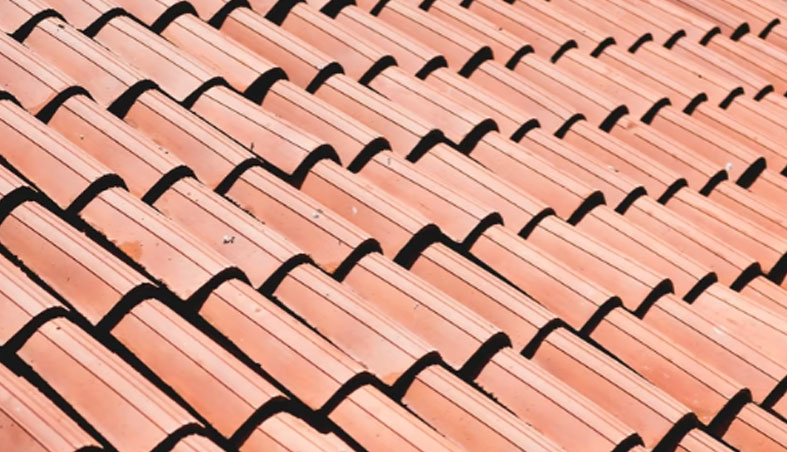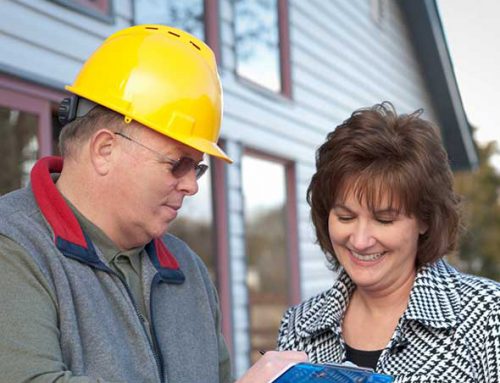Investing in a new roof is a significant step in safeguarding your home and its value. However, to ensure that your roofing system continues to protect your property effectively, regular maintenance is essential. Here’s a comprehensive guide on how to maintain your new roof and extend its lifespan.
1. Regular Roof Inspections:
Schedule routine roof inspections, ideally twice a year, in the spring and fall. These inspections can uncover minor issues before they escalate into significant problems. Check for loose or damaged shingles, debris accumulation, and signs of wear and tear.
2. Keep Gutters and Downspouts Clean:
Clogged gutters and downspouts can lead to water backup and potential roof damage. Clean them regularly to ensure proper water drainage, preventing leaks and water damage.
3. Trim Overhanging Trees:
Tree branches brushing against your roof can cause damage over time, especially during storms or strong winds. Trim back branches to prevent them from scratching or falling on your roof.
4. Check for Mold and Mildew:
Mold and mildew can thrive in shaded, damp areas of your roof. Check for any signs of mold growth and address it promptly to prevent further damage. Consult with a professional if needed.
5. Inspect Flashing and Seals:
Flashing around roof penetrations like chimneys, vents, and skylights, as well as roof seals, can deteriorate over time. Inspect them for damage or deterioration and replace or reseal as necessary.
6. Maintain Attic Ventilation:
Proper attic ventilation helps regulate temperature and humidity, which is essential for preventing ice dams and prolonging the life of your roof. Ensure your attic has adequate insulation and ventilation.
7. Remove Moss and Algae:
If your roof has a moss or algae problem, take steps to remove it. Moss and algae can retain moisture and cause premature roof deterioration. Roof cleaning or moss-killing products can help.
8. Address Ice Dams:
In colder climates, ice dams can form on your roof’s edges, causing water backup and leaks. Proper insulation, attic ventilation, and the use of ice and water shields can help prevent ice dams.
9. Repair Damage Promptly:
If you notice damaged or missing shingles, leaks, or other issues during your regular inspections, don’t delay repairs. Quick action can prevent further damage and extend the life of your roof.
10. Hire Professional Help:
While many maintenance tasks can be DIY, some tasks are best left to professionals. For in-depth inspections, repairs, and complex maintenance, consider hiring a roofing contractor with experience and expertise.
11. Keep Records:
Maintain a detailed record of your roof maintenance activities, including inspection dates, repairs, and the contractor’s contact information. This documentation can be valuable for warranties and future reference.
12. Plan for Roof Replacement:
While regular maintenance can extend the life of your roof, no roofing material lasts indefinitely. Be prepared to budget for a future roof replacement when the time comes, typically every 20-30 years, depending on the material.
By following these tips and performing regular maintenance, you can help preserve your new roof’s longevity, protecting your home and ensuring your investment remains in excellent condition. A well-maintained roof not only enhances your property’s curb appeal but also provides peace of mind, knowing that your home is shielded from the elements.



Leave A Comment